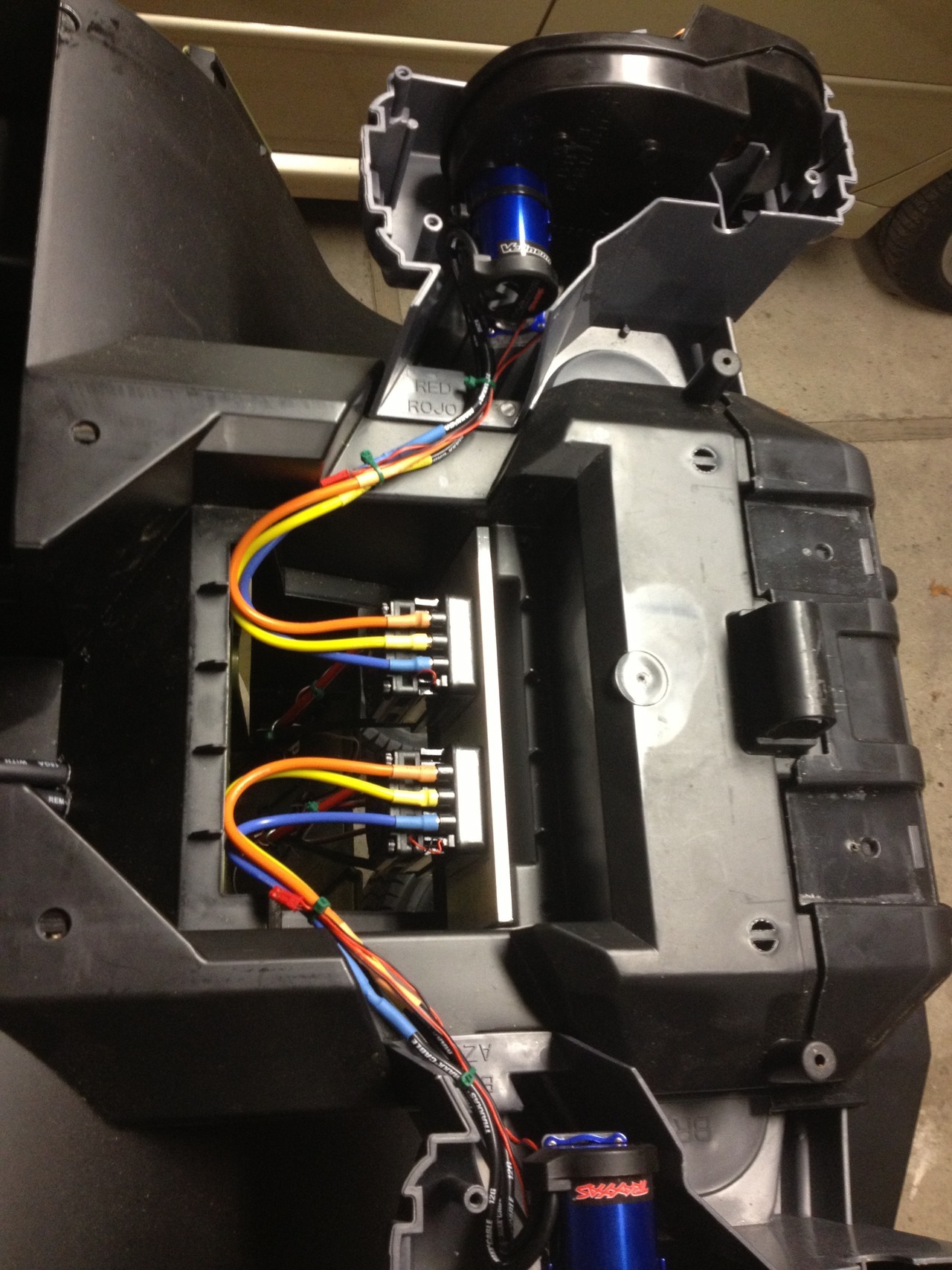
[ Update at the end ]
You bought a brand new FRSky with 8 channel and a promise of a helpful PPM Sum output.
Be warned that you cannot use this with 8 channels. Only 6 channels could be used with some risks (only 5 for real safety). [Note #1 at the end] It's really disappointing.
Yes. FRSky's CPPM signal has a BIG problem: It has a period of only 18 milliseconds. What does that means? Here we go:
A PPM Sum signal usually has a period of 20ms. As each channel uses up to 2ms so you need 16ms to fully accommodate the data from 8 channels (8 * 2 = 16ms).
Now comes an important element: the Sync Pulse. It needs to be wider than all other ones to indicate the start of a new PPM train. Any 8 channels system based on a 20ms has room for a 4ms pulse (16 + 4 = 20ms). Even with all the channels at 100% a system like that still gives you a perfect sync pulse.

That's the BIG problem with FRSKy CPPM. If you start using some switches and knobs you are pretty much risking to lose the sync on your autopilot. Because the sync pulse is squeezed until having the same size of any channel.

I hope they can fix that with a firmware update sooner, because I believe it's not acceptable.
Until that, you cannot use it on your autopilot without risks. [Note #1 below]
[ NOTE #1 ]
This is far away from the ideal, but there is a cheat to eliminate the risks when using just 6 channels by suppressing CH7 and CH8 from CPPM.
At least on a ER9X or ERSky9X radios there is this way:
By changing your model's setup to use a Proto PPM 6CH it will not output CH7 and CH8.
(The frame space (300uSec) though is just ignored. I did not see any changes.)
 I've verified on Oscope. It works!!! The CPPM was outputed from RX without CH7 and CH8.
I've verified on Oscope. It works!!! The CPPM was outputed from RX without CH7 and CH8.
Is still a shame and disappointing using just 6 from 8 channels. But that seems to eliminate the risk.
[ NOTE #2 ]
Jani, from jDrones took this issue to FRSky's GM/CEO and got a response from them. They are now baking a solution to release a new firmware. Probably the new CPPM frame period would be 27ms (the next available number dictated by the hardware's clock division).
[ UPDATE ]
Yesterday (28th September) Jani came up with a beta firmware from FRSky. It does output CPPM frames at 27ms. So far we have some positive feedback from DIYDrones dev team's tests. I'll not update this post anymore. A new post instead will show some results followed by a mini updating tutorial for those CPPM capable receivers. Stay tuned! ;)
[ UPDATE ]
This post shows how to fix it.
--Sandro




